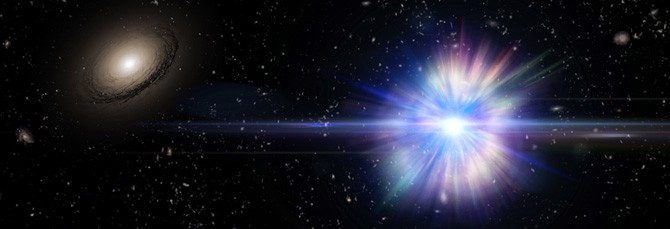NASA's Hubble Space Telescope detected three stars that were exiled from their host galaxies where they were flung out to the far reaches of the universe billions of years ago. Scientists believe that these stars exploded into brilliant supernovae into intergalactic space where Hubble captured these images.
Supernovae are typically found deep inside galaxies that are home to billions of stars however, this lone stellar trio were found it the vast stretch of emptiness and darkness in between these galaxies that are light years away from their nearest cosmic neighbors.
These isolated supernovae are extremely rare as opposed to others since they are located in the void found between space where they are extremely faint making it difficult to observe them unless they explode. By observing this trio of stars, scientists can now estimate how much stars float around in the universe alone.
According to Melissa Graham of the University of California, Berkeley, there only a few stars found in globular clusters where this makes a smaller amount of supernovae to turn into globular clusters. This fraction of stars that transform into supernovae can either be in low mass galaxies or globular clusters.
Stars explode for different reasons including how they can explode, this is why scientists have classified supernovae into different kinds. These three stars that were detected by Hubble are classified under Type Ia supernova where this occurs when a smaller star that is orbiting a bigger star gets "eaten" by the larger companion star by feeding from its material. This also indicates that these stars may possess companion stars when they were exiled from their galaxies.
Scientists also consider another theory where Type 1a supernovae are formed when two white dwarfs merge together where their combined masses explode.
Other types of supernova such as the Type II occurs when a star collects at least nine times its solar mass and when its fuel runs out, the star's core collapses that leads to an explosion. Type 1b and 1c stars involve their core collapsing as well but stellar winds have already stripped their hydrogen.
However, the most extreme supernova of all is called a hypernova where this type possesses powerful energies 50 times greater than regular supernovae where this type of explosion can immediately result into a black hole but the cause of this explosion is still unknown to scientists.



























